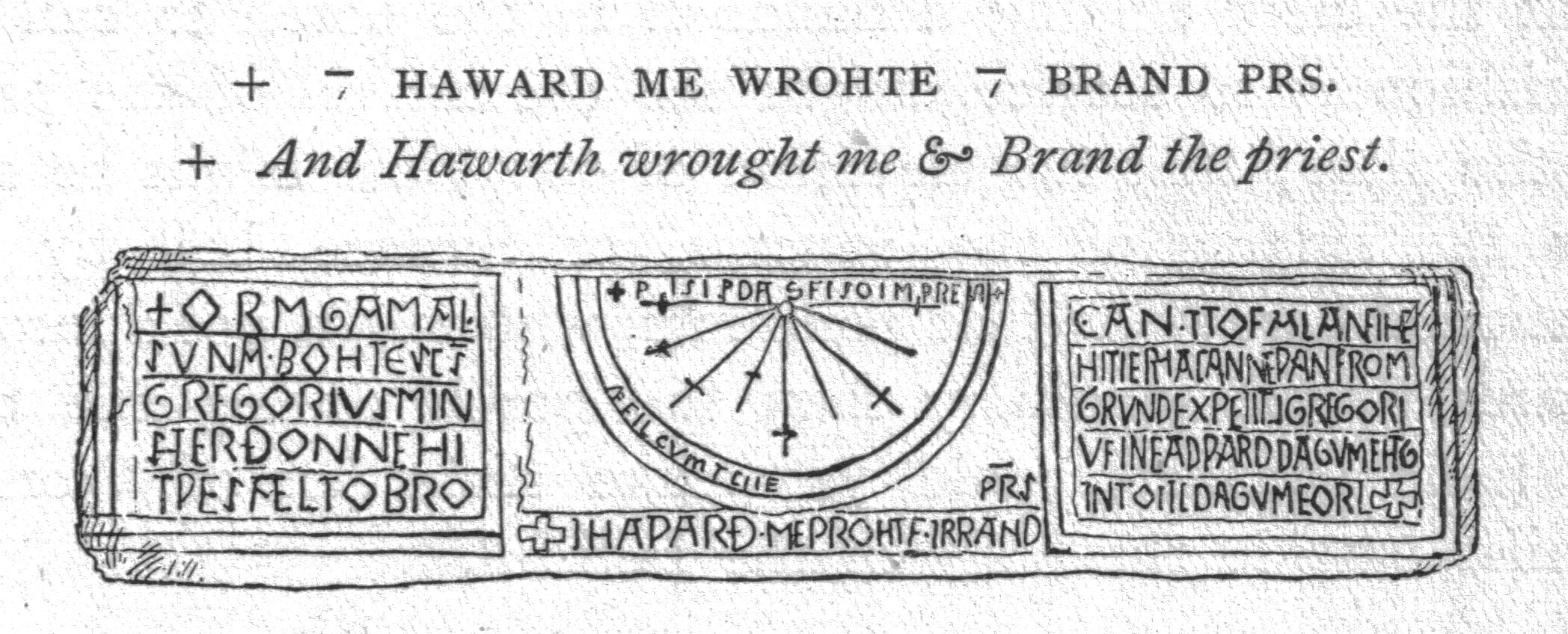The
big problem with British history is that there's so much of it.
Every corner of the country has sites of great antiquity or cultural
significance. There are so many that it's impossible to keep track of
them. As such, localities that would be lauded in North America are barely
known about in the UK.
Take Kirkdale, along Hodge Beck near Kirkbymoorside in North Yorkshire. As a palaeontologist, I knew about its cave, a fissure in the Corallian Oolite found by quarrymen in the early 19th century, which yielded the extraordinary bones that William Buckland used to make a dog's dinner. I had to go there.
 |
| The Ipswichian haunt of hippo-hunting hyaenas |
However, in visiting Kirkdale this weekend, I discovered that - just a brief stroll from this fossiliferous treasure trove - there is another equally remarkable place, one that seems to get barely any attention at all.
A Grade 1 listed Saxon church, St Gregory's Minster is a curiously higgledy-piggledy construction of quirky charm, containing two tomb slabs thought to date from the 8th or 9th century. The minster has certainly served Kirkdale for nigh on a thousand years. Yet on the OS Explorer map of the North Yorks Moors it isn't deemed worthy of naming, nor was it mentioned on our road atlas, whilst its Wikipedia entry is extremely brief.
 |
| St Gregory's Minster. |
If you stumble upon it on a sunny December Saturday, as we did, you might find it deserted, with just an elderly man sweeping the path with a broom. Tread carefully past him, or maybe take a circuit of the minster churchyard to avoid him; then step into the porch. There you will find its most extraordinary feature: Orm Gamalson's sundial.
 |
| The sundial of Orm |
As a structure alone, it is wonderful, but what really grabbed me was the language of its inscription. Rather than the flowery foreign tongues of most ecclesiastical dedications, this one was written in an Anglo-Scandinavian I could almost understand:
Orm Gamal suna bohte Sanctus Gregorius minster ðonne hit wæs æl tobrocan and tofalan, and he hit let macan newan from grunde Christe et Sancti Gregori, in Eadward dagum cuning, in Tosti dagum eorl.
Or
"Orm Gamalson bought St Gregory's Minster when it was all broken and fallen down, and he has made it anew from the ground for Christ and St Gregory in the days of King Edward and the days of Earl Tostig."
Tostig Godwinson was Earl of Northumbria between 1055 and 1065, so that gives a pretty precise date to Orm's work, and to see familiar written words from nearly a millennium ago is fabulous. The inside of the minster is rather fabulous too.
 |
| Cobwebbed brass inside the minster |
But don't tell anyone. Kirkdale will only start getting visitors who'll be able to find out about science, religion, geology and history in one tiny corner of northern England, and then where would we be?
Comments
Gamul was killed by Eorl Tostig king Harolds brother.
How do we reconcile the story of biblical creation with the bones of extinct animals at Kirkdale Cave that appeared and expired through natural selection processes?